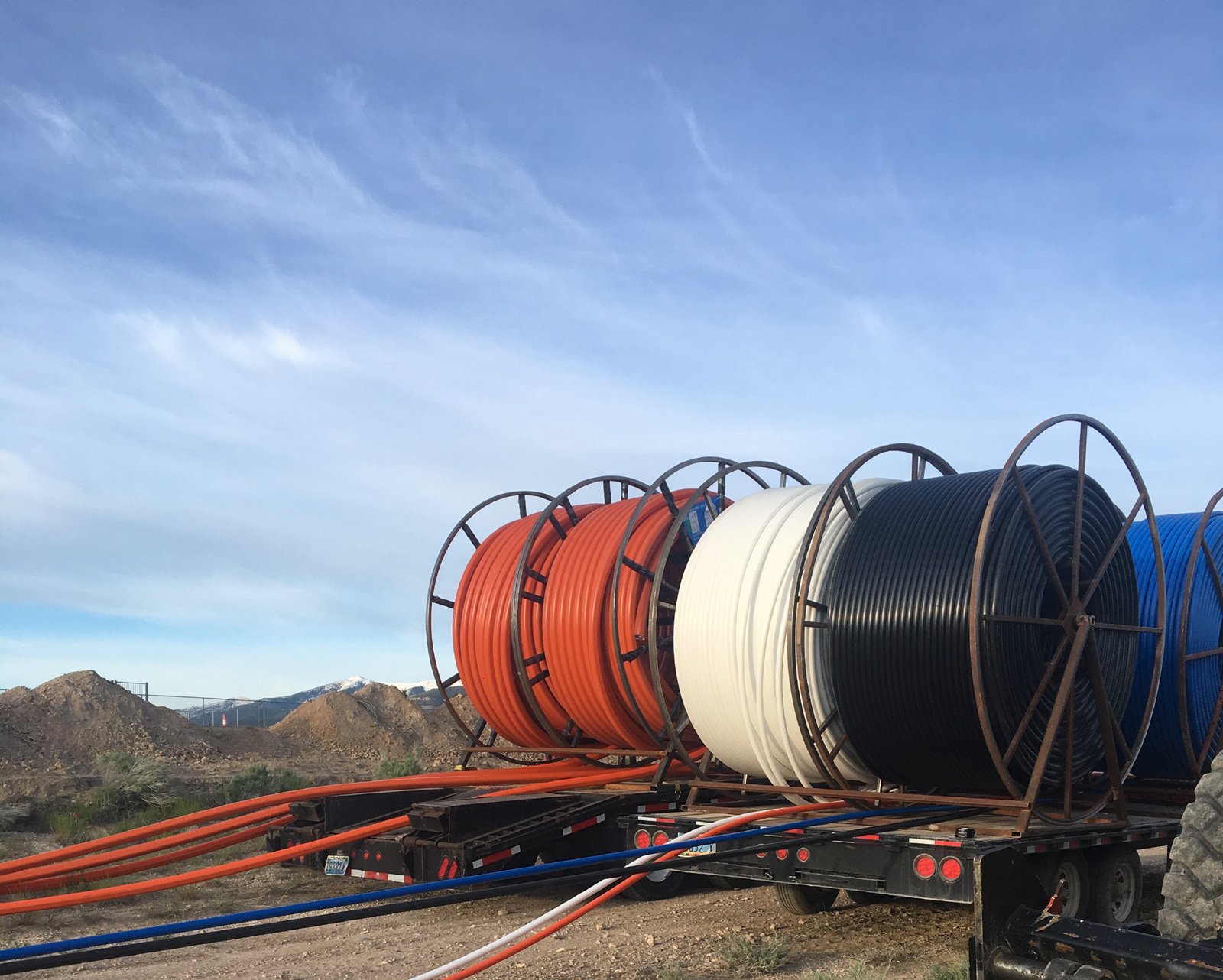Companies, governments, and communities around the globe looking to expand connectivity are employing innovative approaches to efficiently delivering broadband where it's needed, be that in their design and infrastructure, business models, or their organizational and governance structure. Here are just a few of the ways that ISPs can bring connectivity to previously unconnected areas through collaboration and creative solutions.
Co-ops and Community-Owned ISPs
Cooperative broadband ISPs share in the long legacy of cooperative enterprise to solve the unique challenges of bringing modern utilities to rural America. Particularly since the Great Depression, rural communities have come together to strengthen their economies and provide necessary public services through the cooperative model, and now, broadband is no different.
Just like the cooperative structure of many utilities, housing complexes, grocery stores, and credit unions, each subscriber of co-op is a member-owner of the ISP and can cast votes to elect board members. Co-op members can vote on anything from the speed of service, pricing, and even how to finance and build. And because cooperative enterprises in most US states are enshrined in law, they often have access to specific public funding at the state and federal level, like the USDA’s Broadband Technical Assistance (BTA) program.
Particularly in rural areas, where a business case might present a bigger challenge to a sole proprietor or corporate ISP, the democratic structure of a co-op allows member-owners to decide where to focus their efforts, meaning more households will get connected. With at least 900 cooperative ISPs and counting, co-op ISPs are the fastest growing type of service provider in rural areas. And because they have the advantages of existing rights of way, customers, and customer service platforms, many co-op ISPs have come to exist as part of previously established rural electricity and telephone co-ops that made the natural extension into broadband.
Municipal ISPs and Public-Private Partnerships
Many cities, towns, and states around the country are increasingly offering public internet services, just like electric and water services. In areas where terrain or population density present serious obstacles to national providers, municipal ISP models have the potential to implement local control, strengthen self-sufficiency, and provide accountability to their subscribers.
Municipalities can offer broadband service to their citizens under a variety of models. Here are a few examples of the forms municipal internet can take:
- Chattanooga, Tennessee, which built, owns, and operates its own fiber network, has become famous for offering some of the fastest full-service broadband service in the country at low prices.
- Kansas City, Missouri, as part of its smart city initiative, offers publicly available Wi-Fi at locations throughout the city under a public-private partnership .
- The state of Utah uses an open-access marketplace model, where private operators lease use of state-owned network in an effort to keep prices low and customer service competitive.
Co-Investments
Co-investment models are another way to reduce building costs and potentially provide a faster ROI. Co-investment models bring two entities together to share the initial cost of the infrastructure build, and then share the resulting profits or effectively run separate networks.
In addition to public-private partnerships, companies with complementary existing footprints (and customer bases) are forming joint venture partnerships and investing in MicroTechnology as the ideal physical network layer for their joint infrastructure.
Similarly, right-of-way sharing is an ideal strategy for rural networking, where costs tend to be higher. Multi-path MicroDuct bundles make sharing even easier since each operator can maintain physically separate links.
Here are two examples of co-investment ventures in Europe that brought broadband to previously underserved areas:
- In Germany, Vodafone and Altice are creating a joint venture called FibreCo, which will upgrade and deploy FTTH for up to 7 million homes across Germany over 6 years.
- In Italy, Telecom Italia signed an agreement with the state-backed Open Fiber to accelerate its fiber rollout to rural regions of Italy, which is being financed with the help of public funding. The shared aerial rights of way development will bring broadband to at least 500,000 homes.
MicroTechnology: Flexibility to Adapt to Any Situation, Now or in the Future
MicroTechnology offers the ultimate in flexibility and scalability in digital infrastructure. Whatever your location, scale, and business model, MicroTechnology can help you make the most of your federal funding.
Whether you’re in the design and planning phase and wondering which materials best suit your build’s needs, or looking to expand or make upgrades to an existing network, our expert sales team can provide the proven technical advice and support to take the hassle out of your decision-making process. Contact us now to learn more.



